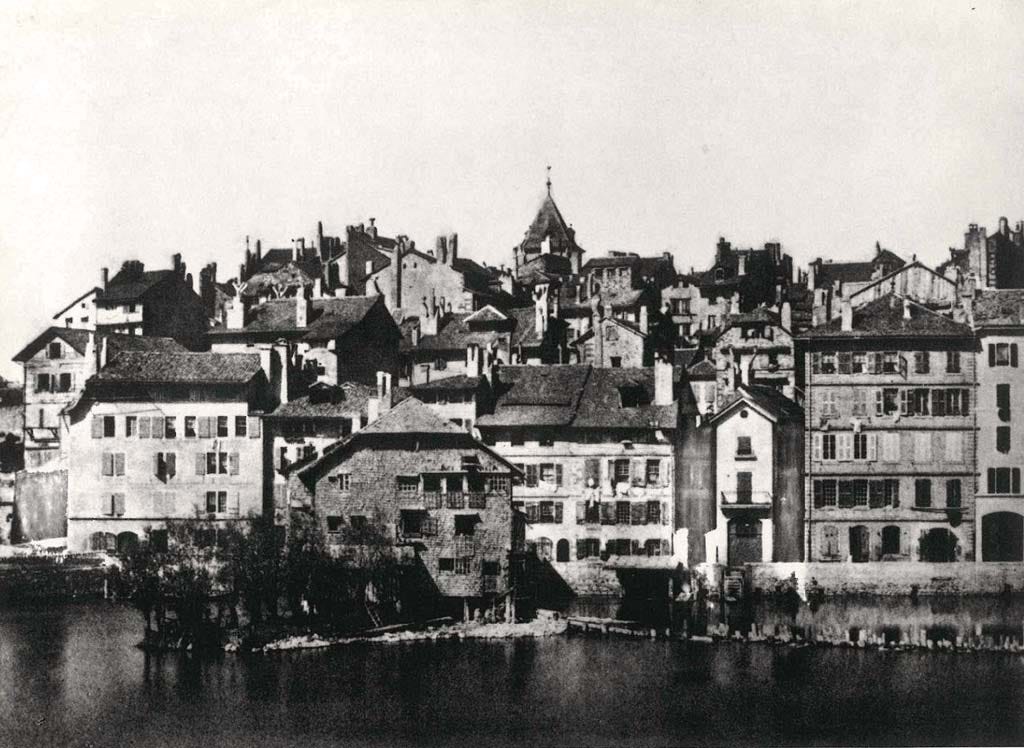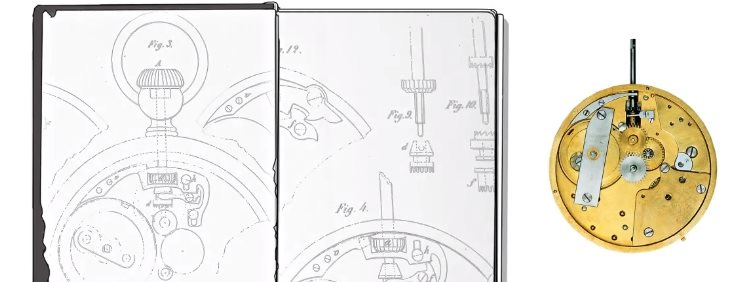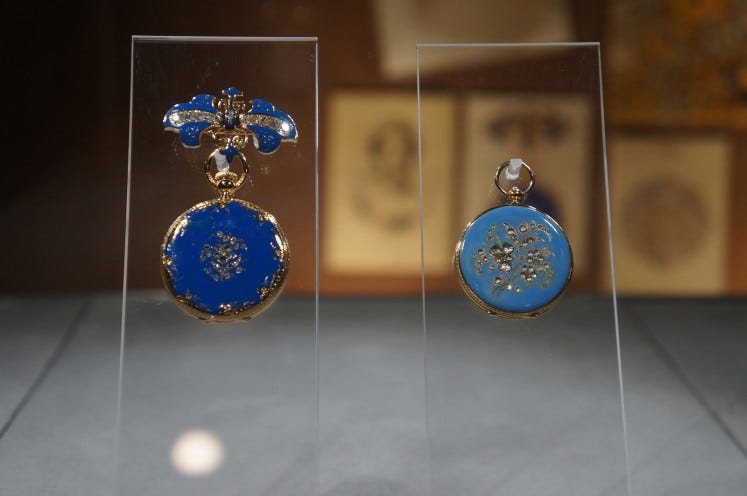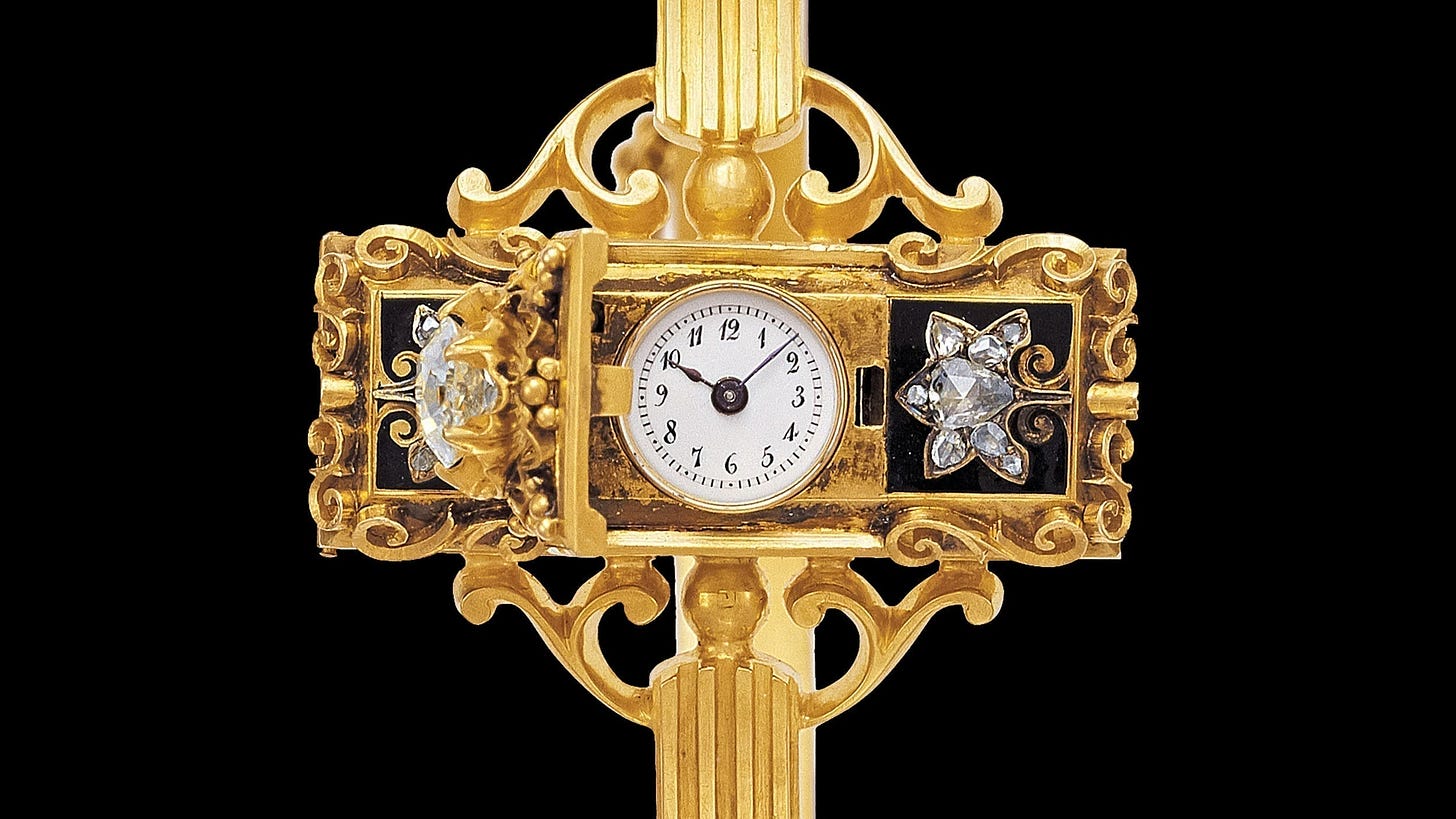When Time Became Art: The Patek Philippe Legacy
A tale of vision, craftsmanship, and the pursuit of immortality through mechanical mastery.
A Legacy Born from Exile and Vision
Geneva, 1839. The air hums with the rhythm of hammers and gears, artisans bent over their benches as time itself takes shape in brass and steel.
In a quiet workshop, two men share a singular dream. Antoni Patek, a Polish exile who once fought for his country’s freedom, and François Czapek, a skilled watchmaker, form an unlikely partnership. Their venture — Patek, Czapek & Cie — begins humbly, but the ambition is anything but.
For Patek, this was never about building ordinary watches. He sought to craft objects of inheritance, mechanical masterpieces that would outlive their owners and carry legacy across generations.
⚙️ The Turning Point: Philippe’s Ingenious Crown
In 1844, destiny intervened. At the Paris Industrial Exhibition, French inventor Jean Adrien Philippe revealed a mechanism that would redefine watchmaking — the keyless stem-winding system.
With a simple twist of the crown, a watch could now be wound and set — no key, no hassle, pure innovation.
Recognizing brilliance when he saw it, Patek invited Philippe to join him. By 1851, the firm became Patek Philippe & Cie, marking the birth of a name that would change horology forever.
💡 Collector’s Insight: The first crown-wound pocket watches from this era are exceedingly rare and often sell for over $200,000 at auction.
👑 Royal Recognition: The Queen’s Seal of Approval
That same year, Patek Philippe made history at the Great Exhibition in London, where Queen Victoria acquired a keyless pendant watch in blue enamel and diamonds.
It wasn’t just a sale — it was a crowning moment. From that day forward, owning a Patek Philippe became a symbol of taste and status among European nobility and the rising industrial elite.
“It wasn’t just about timekeeping — it was a mark of refinement.”
💫 Ahead of Its Time: The World’s First Wristwatch
In 1868, Patek Philippe did the unthinkable. While the world still clung to pocket watches, the brand created the first known wristwatch, crafted for Countess Koscowicz of Hungary.
Delicate yet daring, it fused art with mechanics — a gold case, a woven hair bracelet, and a movement of unrivalled precision.
What seemed a novelty in 1868 would, a century later, become the defining form of timekeeping.
🌙 Poetry in Precision
In 1889, the maison patented the perpetual calendar mechanism, capable of tracking leap years, moon phases, and celestial cycles — without manual correction.
Every wheel, spring, and jewel spoke to one purpose: to make the fleeting measurable, and the mechanical poetic.
💬 “These weren’t mere instruments. They were symphonies of time.”
🕰️ The Stern Era and the Birth of the Calatrava
By the early 20th century, the world was changing — wars, recessions, and industrial shifts reshaped the landscape. Yet Patek Philippe endured.
Keep reading with a 7-day free trial
Subscribe to Timepiece Digest to keep reading this post and get 7 days of free access to the full post archives.





